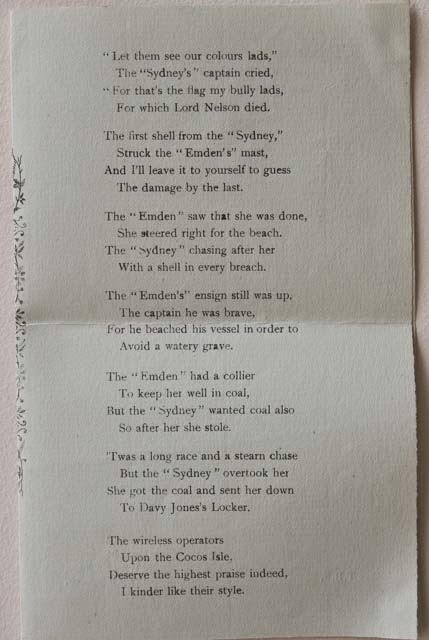As mentioned earlier in this blog (21 August 2014), A. G. Adams' mother (Adah Emily Sherwood - nee Parker) was raised in her parents' home known as '
Almeida'. The building no longer stands but was at 209 Toorak Road, South Yarra, an inner suburb of Melbourne.
Adah Emily Parker, her elder brother Ernest, along with their younger sister, Florence, and half sister Marion (known as May) spent their childhood and some of their adult lives at '
Almeida'. Thomas J. Parker purchased the property so he could move his wife Mary and the children to Melbourne from Geelong.
In time, the eldest son, Ernest, married in 1884 and would have left the family home around then. In January 1886 Adah married Alexander James Adams. She would have left home that Summer but it is not known where the couple began their married life. It appears that they returned to '
Almeida' regularly and that Adah had her second son, Clifford, at '
Almeida' in 1890. The Melbourne newspaper The Argus records this.
T. J. Parker eventually became very successful and lived in style at this large house where he became a well known figure.
At the time of her father's death in January 1900, Adah would have been aged 34. She had already been widowed for six years. In 1900 her four sons were aged: Arthur (12), Clifford (10), Harold (8) and Athol G. Adams (5). It appears that Adah and her four boys returned to live at the family home after Adah's first husband (Alexander James Adams) died in 1894. Adah and her sons moved out of '
Almeida' in 1900 the year her father (T.J. Parker) died and after she re-married. Her new husband was Guy Sherwood, an architect. In the local journal of record 'Table Talk' on Thursday 2 August 1900 it is noted that:
"Mrs Guy Sherwood has removed from 'Almeida' South Yarra, to 245 Williams Road, Toorak, and will be at home on the 10th and 20th of each month."
This image of '
Almeida' is not annotated. A family member believes it to be dated around 1870 not long after Thomas J. Parker moved the family from Geelong to Melbourne. The group in the foreground are Ernest standing (aged about 10), Florence sitting on a nanny's knee (about 18 months) and Adah (about 5) with white pinafore and blond hair. The lady standing with parasol is the children's mother, Mary Anne Clifford. In 1873 Thomas J. Parker took his first wife, Mary, to England. Mary was never to return. She died in September of that year aged only 38.
Perhaps you may have noted the female staff on the right with watering can and lawn mower.
The property was sold by the family in about 1900. It was still standing in the mid-1930s, as a family member can recall being taken to see the old building as a small child. It has since been demolished and that part of Toorak Road is now taken up with commercial buildings.
I am grateful for the archive material, photographs and other documents provided by
Mrs Dorothy Malcomson (nee Parker).



































